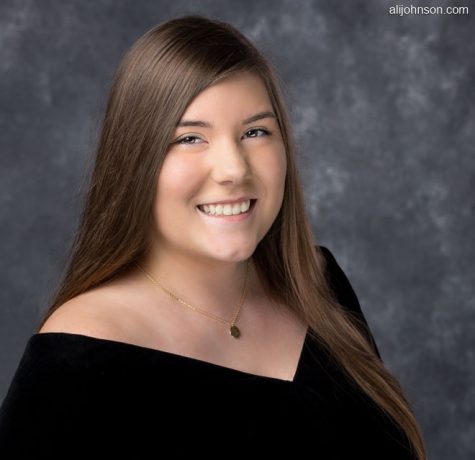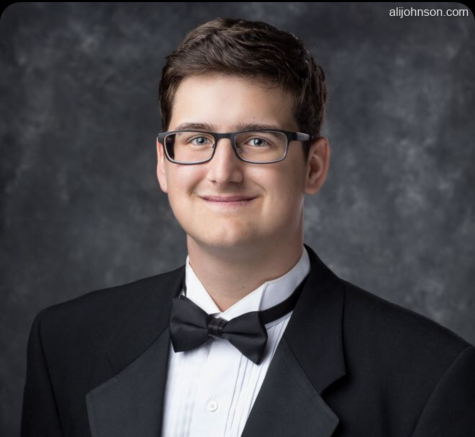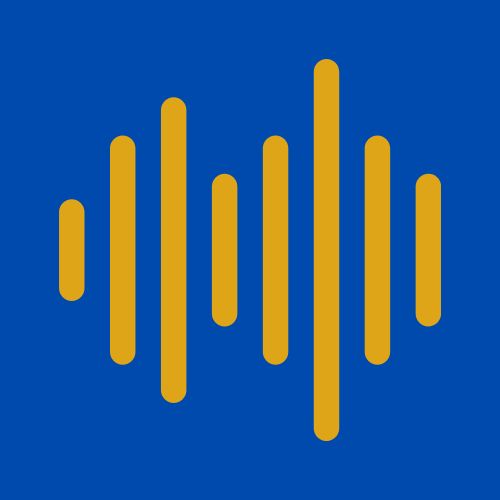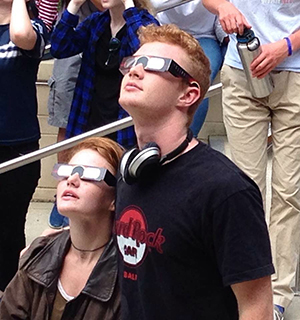On Aug. 21, 2017, millions of Americans spent the day eagerly anticipating a once-in-a-lifetime astronomical event: a total solar eclipse. While some traveled to witness the eclipse in totality, many watched from their workplace, school, and backyard. For those who couldn’t make it outside, NASA live-streamed the eclipse as it traveled across the nation.
A total eclipse of the sun occurs when the moon completely blocks the sun, casting a shadow on the earth. The shadow is known as the “path of totality.” A total solar eclipse is the only chance to view the sun’s corona without the use of specialized instruments. The sun’s corona is its extended outer atmosphere and appears as a white halo surrounding a black disk during the eclipse.
The path of totality stretched over 14 states, starting from Oregon and ending in South Carolina. A rare aspect of this eclipse is that the path of totality was solely in the United States, hence the name “The Great American Eclipse.” This is the first total solar eclipse the US has seen in 99 years.
Unfortunately, Aug. 21 also happened to be an overcast day for most of the nation. “I was enthralled by the large cloud that blocked the wonderful event,” said FCHS Junior Devon Shifflett sarcastically after trying unsuccessfully to view the eclipse. Still, many students who went out during 4th block after the clouds had cleared a bit were able to get a good view of the event.
Luckily for those who might have missed it, America is expected to see its next total solar eclipse on April 8, 2024.
While many places were in the path of totality, the majority of the country experienced a partial eclipse. This means that it was not safe to look directly at the sun during the eclipse. It is only safe to look directly at the sun during totality, at which point the sun is completely covered. Special eclipse glasses were required to view the eclipse without risking permanent eye damage. Eclipse glasses were sold on many different websites, but DIY alternatives were also available.
For example, some FCHS teachers, such as Carolynne Hagan and Elizabeth Pellicane, tried viewing the eclipse using a viewer made out of a cereal box, foil, and white paper using instructions which they had learned about online. “It was a dud. Didn’t work,” said Pellicane, although she added that it might have worked better had it been a sunny day.
In addition to eclipse glasses, many also purchased eclipse stamps. To celebrate the eclipse, the United States Postal Service created a special stamp called Total Eclipse of the Sun stamp. It’s the first stamp in the US to use thermochromic ink, which reacts to body heat. Placing your thumb over the stamp will reveal an underlying image of the moon as the stamp heats up. Once it cools, the image will revert back to a total solar eclipse. A map of the eclipse path is pictured on the back of the stamp along with times it will appear in some locations.
These limited edition stamps can still be purchased at post offices while supplies last, or by ordering them online here.



